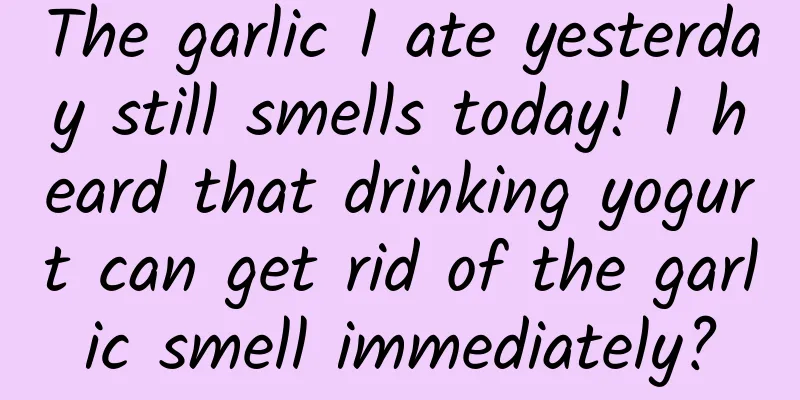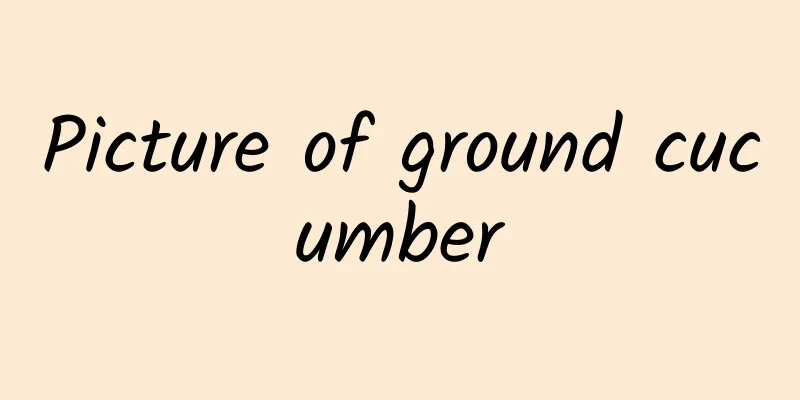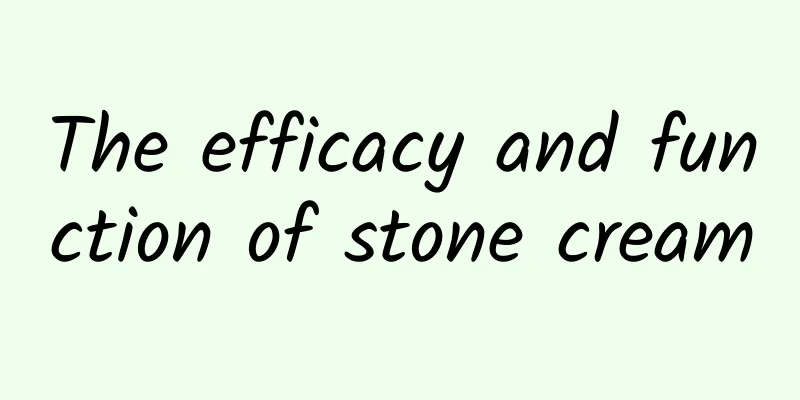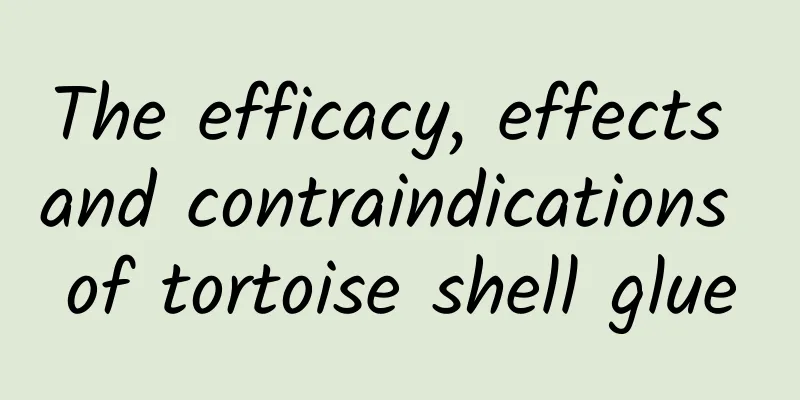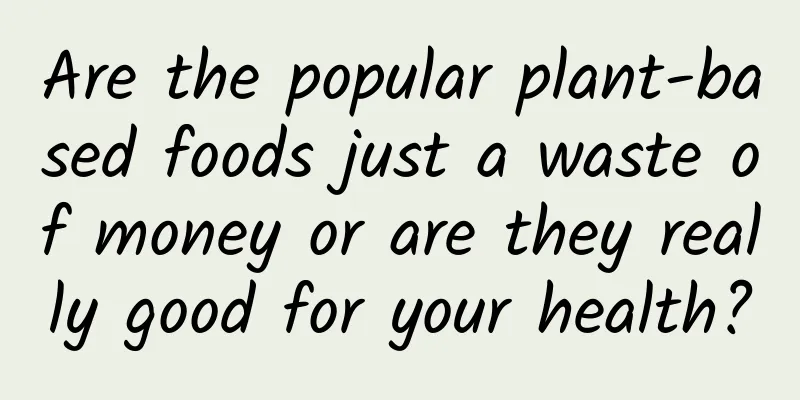Chinese herbal powder made into ointment
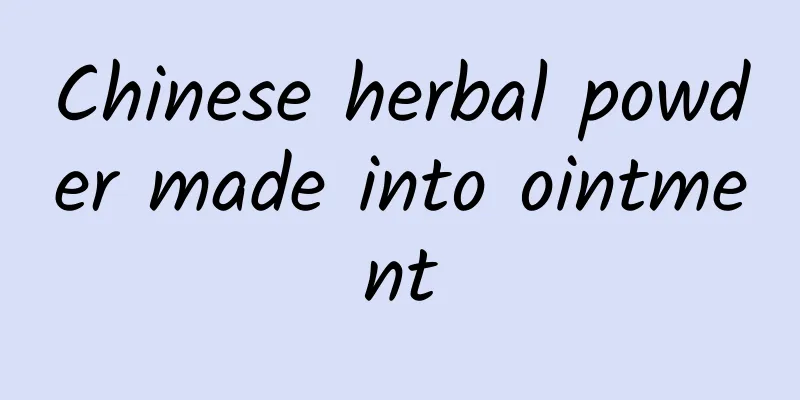
|
Some people like to make some small things when they have nothing to do, which will make them feel particularly accomplished. Ointment is a kind of medicine used in daily life, so some people think of making ointment with Chinese medicine powder. In the process of making ointment, there are many things to pay attention to, as well as the mixing of some ingredients. Next, I will introduce to you how to use Chinese medicine powder to make ointment. Ointment refers to a semisolid topical preparation made by adding drugs to a suitable matrix that can be easily applied to the skin, mucous membranes or wounds. The composition of ointment is mainly drug and matrix. The matrix is not only an excipient for ointments, but also has an important influence on the release and absorption of drugs. The bases used to prepare ointments can be divided into three categories: oily bases, emulsion bases, and water-soluble bases. This time we will mainly talk about emulsion-type matrices, which are milky semi-solid matrices made from oil-phase and water-phase substances with the help of emulsifiers. This type of matrix can be divided into two types based on its structural state, namely, oil-in-water type (O/W type) and water-in-oil type (W/O type). The former looks like vanishing cream, while the latter looks like ointment. The former has a higher water content and can be mixed with water, while the latter can absorb water but cannot be mixed with water at will. The water-in-oil type is easy to wash off, but its structure is easily destroyed when it loses water, so moisturizers such as glycerin, propylene glycol, and sorbitol need to be added. In order to prevent bacterial and mold contamination, preservatives are often added. The following is a method for preparing an oil-in-water ointment base: Prescription: 20g stearic acid, 1.4g potassium hydroxide, 5g glycerin, 100ml distilled water. Preparation method: Place stearic acid in an evaporating dish, heat on a water bath until it melts, cool to 80 degrees, add potassium hydroxide aqueous solution and glycerin at the same temperature while stirring continuously, and continue stirring until condensed. Glycerin is a humectant. If some glyceryl monostearate is added, the emulsion can be made more stable. The potassium hydroxide in the prescription is toxic and can be replaced by sodium hydroxide, but the dosage should be calculated separately. |
>>: Job's tears, red beans and dendrobium
Recommend
Can "restoration detergent" restore a shrunken sweater to its original state? Learn these tricks and wear your sweater for many more years
Author: Zhang Desuo: Associate Professor of the S...
The main effects of Pangdahai
Sterculia lychnophora is one of the most common t...
More accurate than the sun! What kind of clock can be accurate to just one second in 35 million years?
Measuring time accurately is far more important t...
The efficacy and function of rice shreds
As a traditional Chinese medicine, rice wood bark...
Should I apply a facial mask every day if my skin is dry in winter? Get the right way to take care of your skin in winter
gossip Many female stars have very soft and moist...
The efficacy and function of purple mustard seeds
Purple mustard seeds are a type of traditional Ch...
The efficacy and function of Vitex quinata
Vitex quinata is a common Chinese medicinal mater...
Come and see! This may be the longest photo you have ever seen
From June 7 to June 23 this year, the Chinese Gia...
Effects and functions of danpi
When using the drug Danpi, it itself has good Chi...
Who is guaranteed a job after graduation? This animal "school" is not ordinary
Every spring we receive a large number of young o...
The efficacy and function of bird medicine
Bird medicine is a traditional Chinese medicine, ...
The efficacy and function of golden bean
Golden armor bean is a medicinal material that ca...
Can sesame root protect pregnancy?
Sesame root is the name of a traditional Chinese ...
What are the effects of gentian
Gentian is a very famous alpine flower, but many ...
The efficacy and function of Zygophyllum
Herba Hedychium is a medicinal material frequentl...

